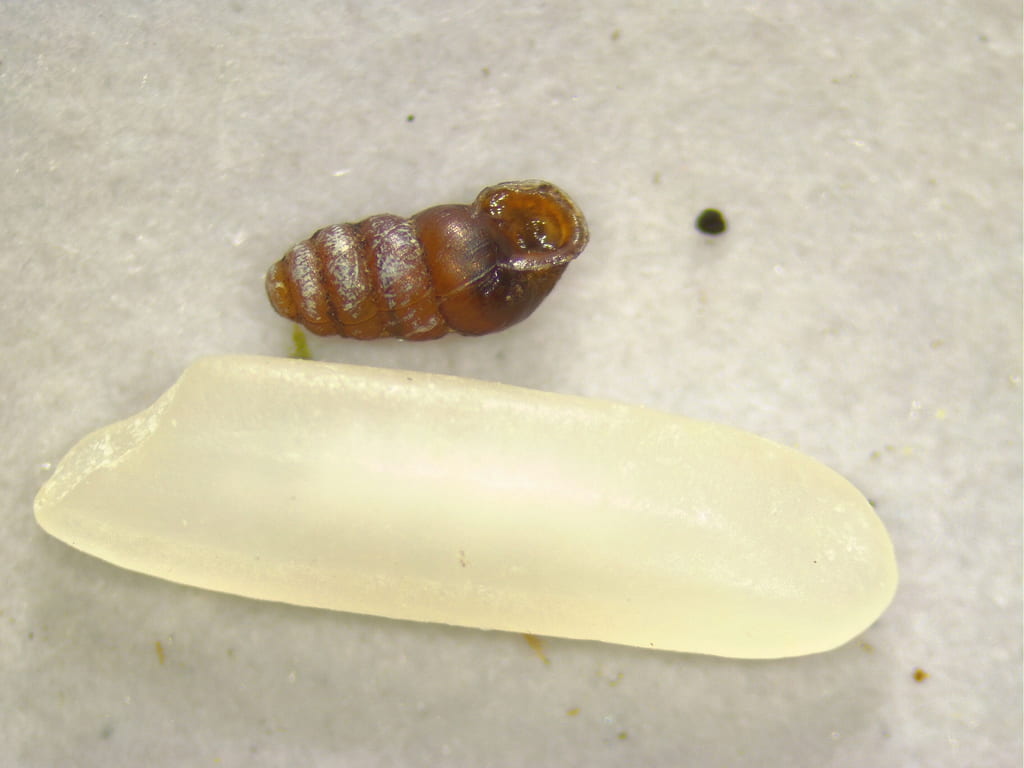Last week we finished sorting 2 kits: second kit by K. Capuzzi (Hocking Co), and C. Gleditsch (Madison Co). We also started sorting the kit by S. Lewis (Scioto County). We are over 17,815 bees pinned and databased. We have sorted at least 39 of the kits, but still plenty of kits left to sort. I was working on project logistics last week, so no new progress on identification.

At this point, I am kind of impressed at how consistent we are with newly pinned specimens each week.
Helping in the lab in the age of Covid:
Wondering how you can help speed up our process? If you would like to come to the lab in Newark, there are several tasks that people can participate in. We will mostly have people start with pinning bees, but people can also be trained to sort bees from bycatch in samples, label specimens, or other lab tasks.
You do not have to be a collector to help out in the lab. You also do not have to help for the entire timeslot for a particular day, so if you are only interested in helping out for an hour or three, that still works. No one is obligated to spend the whole day pinning bees.
Want to see how to get vaccinated against Covid-19 in Ohio? See the vaccine distribution website here: https://vaccine.coronavirus.ohio.gov/
Note that all adults now eligible for the covid vaccine in Ohio! I get my first shot this week, as do most of our regular lab workers. OSU Newark is also a vaccination site, though the vaccines are being given on a different building on campus.
Specialist bee project:
You can still sign up to help with the smaller specialist bee project for this summer! Instead of setting even more bowl traps, our goal for this summer is to target plants known to host specialists bees. So if you would like to participate in a more hands on project of hand collecting bees, see our project here: https://u.osu.edu/beesurvey/native-bee-survey-via-specimen-collections/120-2/
This also will coincide with our specialist bee guide that we are hard at work on finalizing. The guide will be organized by plant host so that you can hopefully learn to recognize the plant to then be able to monitor for potential specialist bees.
 Dun dun DUNNN! If this image immediately elicited fear, then you probably thought this was an Emerald Ash Borer (the culprit of the destruction of most ash trees across Ohio). However, this is a closely related species that is not nearly as destructive. It was found in the Hocking County site by Capuzzi. See more information about this species here: https://bugguide.net/node/view/25117
Dun dun DUNNN! If this image immediately elicited fear, then you probably thought this was an Emerald Ash Borer (the culprit of the destruction of most ash trees across Ohio). However, this is a closely related species that is not nearly as destructive. It was found in the Hocking County site by Capuzzi. See more information about this species here: https://bugguide.net/node/view/25117

Capuzzi also had several of the tiny snails that bring me joy. Grain of rice for scale. Imagine trying to find this snail on purpose. It would be very easy to overlook these snails as just grains of sand.

Gleditsch had two weird Ant-like Flower beetles. They supposedly feed on decaying vegetation.

And surprise, another ant! This is one of the Big-headed ants that I was told to watch out for. The head (right) is bigger than the butt (left). This was from the kit by S. Lewis, so it will be interesting to see if we find more of these ants as we sort through the rest of the kit.

Capuzzi’s kit had quite the surprise as well. Does anyone see what is amiss here? Aside from the abundance of flies and sawflies.

There is a cicada nymph! And it is one of the 17 year cicadas, which were not supposed to emerge last year, but instead were supposed to emerge this year. The bright red eyes separate it from the annual cicadas.

For those who are not ready, the periodical cicadas are supposed to emerge across most of Ohio this year (2021). Be on the look out for these red eyed beasts with orange wings starting in May.
And I do not think I have said this enough, but thank you to everyone who has participated and followed along. This is an enormous project that we would not have been able to do without each of you. This is an unprecedented scale for Ohio, so I am excited to see how all these bees turn out (and the bycatch, which I am trying to get into the right hands). Since we got such good coverage across the state (over 80% of counties surveyed and kits returned), we should be able to try to answer some interesting questions.
All for now,
MaLisa